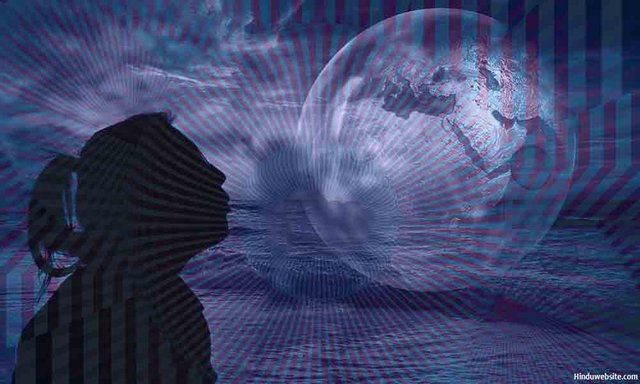Illusions of the Mind
It is a well-known fact that the human mind is an automatic machine. It works without conscious effort. We are not in charge of it, and it runs on automatic pilot. We can merely observe it and enjoy the view. But what happens if something is not as it appears? Illusions of the mind are a great way to gain insight into the human mind's workings. The human mind is a marvelous machine.
It is not only fascinating to watch a movie, but also to learn how the brain functions. The human brain is not entirely rational, and this is part of its evolutionary benefit. While we might think that our perceptions are completely unreliable, there is no reason to deny that we are susceptible to illusions. The existence of these tricks has been known for a long time. However, scientists have only recently begun to understand how illusions of the mind work.
Illusions of the mind are tricks that fool us into thinking that something is not what it seems to be. In fact, our perceptions of the world are so distorted that we do not know what we're looking at. This is a symptom of our own minds filtering the world around us. We perceive objects differently than people we know, so what we see is a reflection of our own beliefs. This is a common problem among humans, and one that can be cured by addressing the underlying cause.
The existence of illusions is the result of the human mind's inability to process the original reality. As humans, we create our own reality, we use our brain's ability to make this illusion. And this is a natural process. Ultimately, it is the human mind that creates our illusions. And it is our imagination that gives us these perceptions. The mind has a great capacity for imagining things that we cannot otherwise imagine.
Some researchers believe that illusions of the mind serve an evolutionary purpose. This is because the brain's neurons are not responsible for the actual appearance of reality. It is the subconscious mind that creates the illusions, and the brain's unconscious minds interpret these images. Therefore, our experiences are not based on what is real, but how the brain processes information. And a good example of an illusion is a hologram.
In addition to visual illusions, the human brain also experiences other kinds of perceptions. This means that the human perception of the world can differ from that of another person. Furthermore, the way we see the world is largely dependent on our own habits and beliefs. A person's perspective may be different from another's. This is called a cognitive dissonance. The cognitive dissonance occurs when there is no sufficient grounding for a perception.

